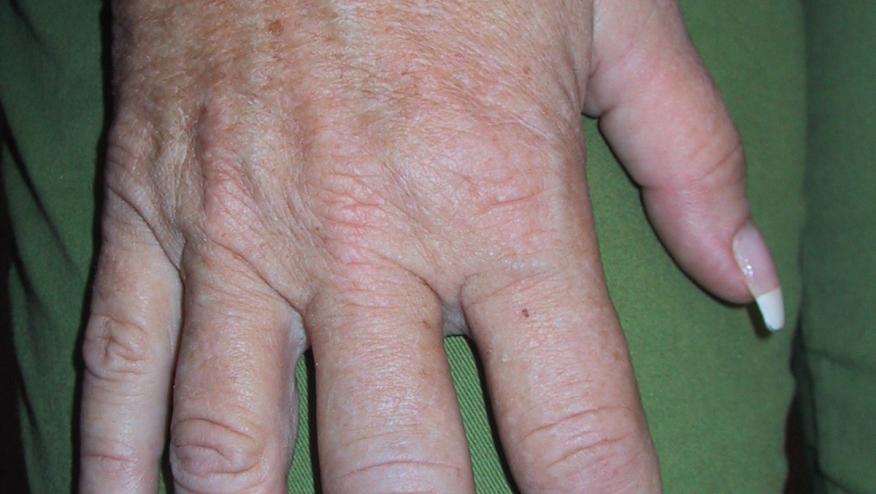Predictors of Progression in Early Inflammatory Polyarthritis Save

A substantial, but unclear, percentage of patients presenting with new onset inflammatory polyarthritis (IP) will spontaneously remit, while others may persist and develop rheumatoid arthritis (RA).
Researchers with the Norfolk Arthritis Register (NOAR) assessed the frequency of remission in IP patients assessed at baseline and years 1, 2, 3 and 5. Remission was defined as no tender or swollen joints.
The followed a total of 868 patients (66% female) and 12% acheived sustained remission (SR) and 34% had intermittent remission (IR) over the 5 year period. Over half (54%) never achieved remission.
In multivariate analysis, baseline predictors of non-remission included female sex (odds ratio, OR 0.47), higher tender joint count (OR = 0.94), higher HAQ (OR = 0.59), being obese (OR = 0.70), hypertensive (OR = 0.67) or depressed (OR = 0.74). While obesity has been known to associate with risk of RA and poor treatment responses, the risk of persistence associated with hypertension and depression is surprising and unexplained.
As has been shown in other RA and IA studies, baseline HAQ and HAQ scores over time were associated with sustained or intermittent remssion at year 5.










If you are a health practitioner, you may Login/Register to comment.
Due to the nature of these comment forums, only health practitioners are allowed to comment at this time.